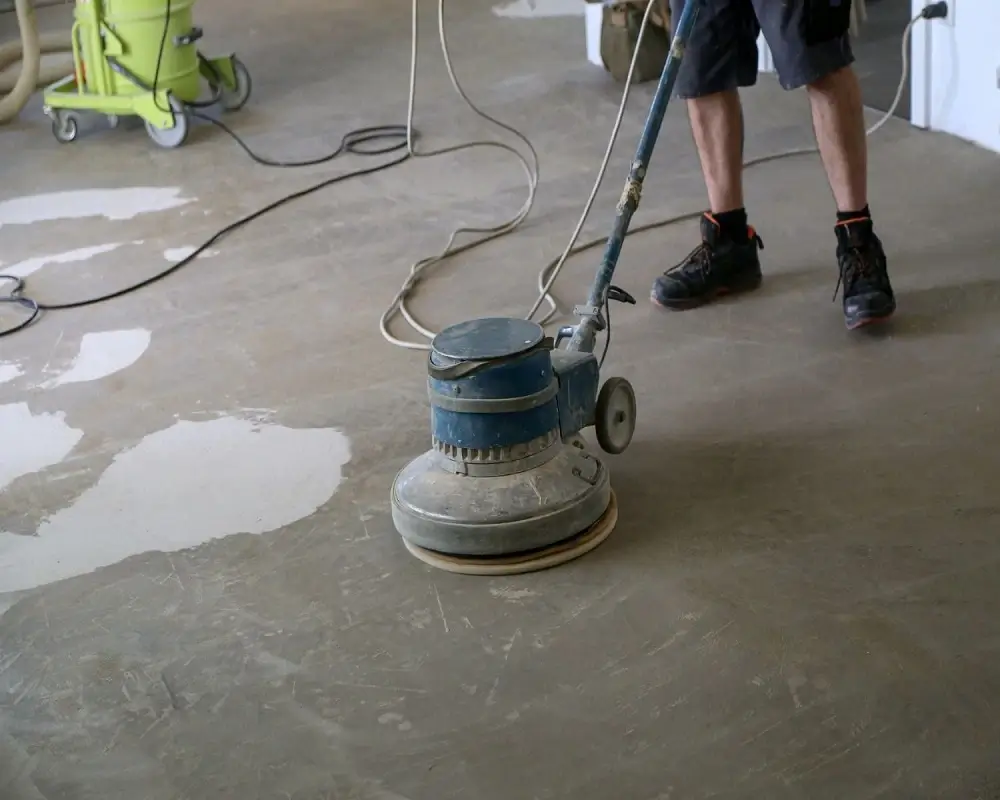FAQ
A: Vinyl flooring offers several advantages, including durability, water resistance, easy maintenance, and affordability.
A: Floor polishing is suitable for various types of floors, including hardwood, marble, concrete, terrazzo, and tile. Each type of flooring requires different techniques and products for optimal results.
A: The frequency of floor polishing depends on factors such as foot traffic, type of flooring, and maintenance routine. In general, it is recommended to polish high-traffic areas annually, while lower-traffic areas may require polishing every two to three years.
A: Floor polishing can help minimize the appearance of shallow scratches, but deep scratches may require additional repair techniques such as sanding or filling before the polishing process.
A: Floor polishing is a relatively clean process. Professionals use dust-containment systems to minimize the spread of dust and debris during the polishing process. However, some fine dust particles may still be present, but they can be easily cleaned afterward.
A: The time required for floor polishing depends on factors such as the size of the area, the condition of the floor, and the type of flooring. On average, floor polishing can take anywhere from a few hours to a couple of days.
A: Many floor polishing companies now use eco-friendly products and practices that are safe for both the environment and your health. These products are low in VOCs (volatile organic compounds) and are designed to minimize any negative impact on the environment.
A: It is recommended to wait for a certain period before walking on the freshly polished floor to allow the finish to cure properly. The waiting time can vary depending on the type of polish used, but typically it ranges from 12 to 24 hours.





